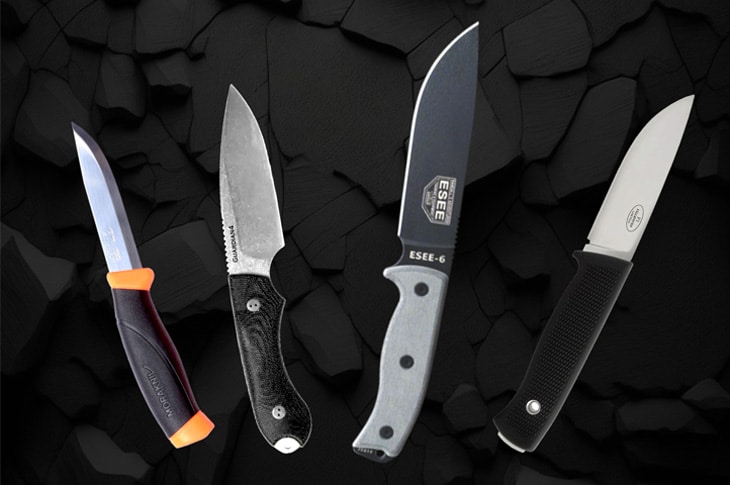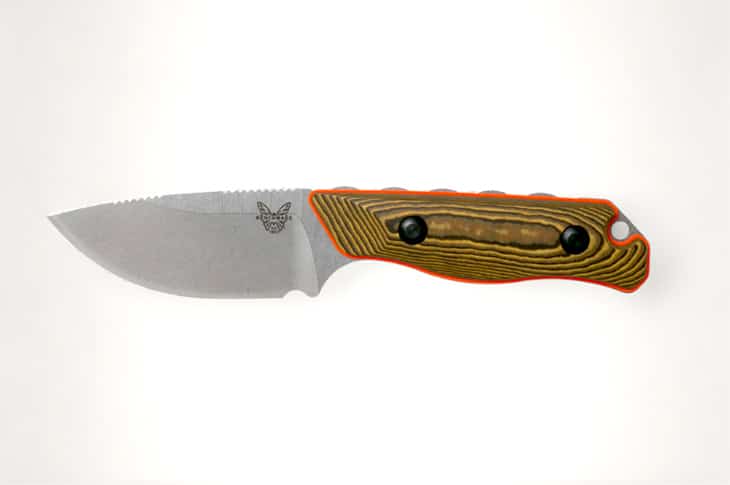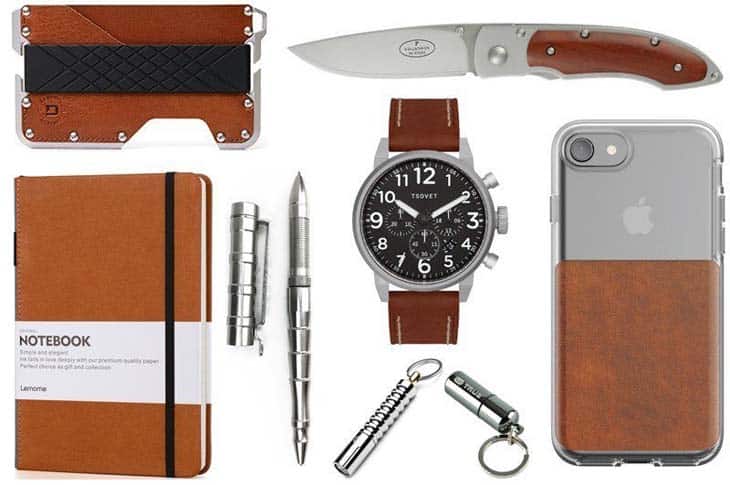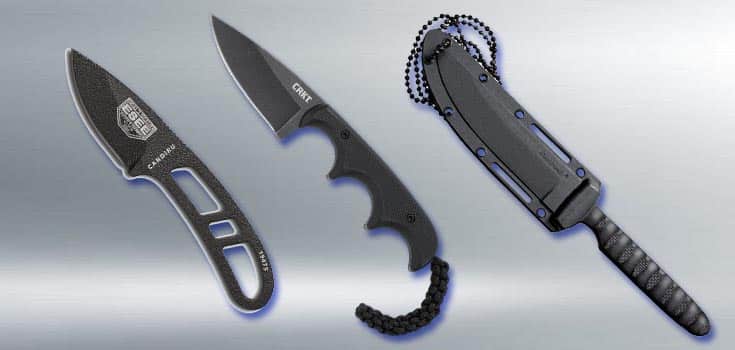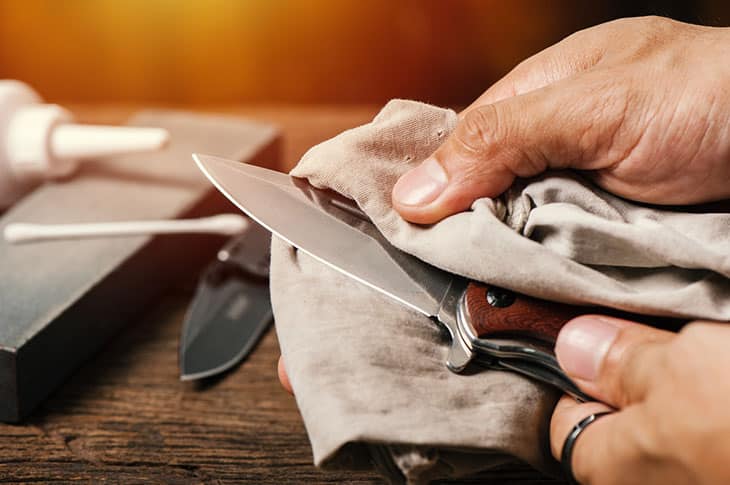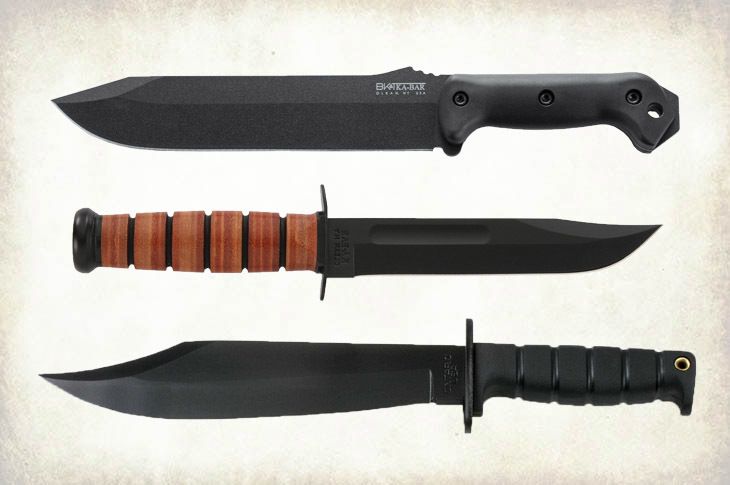EDC Knife Safety: Master the Safe Handling and Usage of Your Everyday Carry Knife
Are you ready to become an EDC knife safety pro? Discover the ins and outs of safe handling and unlock the power of your everyday carry blade.
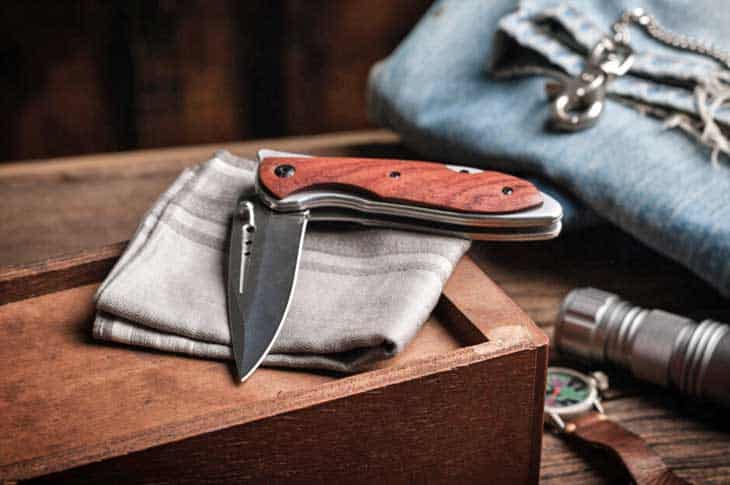
Everyday carry (EDC) knives are versatile tools that can be used for a variety of tasks, from opening packages to self-defense.
Despite their usefulness, improper handling and usage can lead to accidents and injuries. In this article, we’re getting into the world of EDC knife safety and handling.
We want to equip you with all the know-how you need to feel confident and secure while using your knife effectively.
Understanding the Basics of EDC Knives
Before delving into safety and handling, it’s important to understand what an EDC knife is and its intended purpose.
EDC knives are compact, lightweight, and designed for daily use. They come in various styles, sizes, and designs, including Swiss Army knives, folding knives and EDC fixed blade knives.
The ideal EDC knife should be easily accessible, comfortable to carry, and capable of performing common tasks.
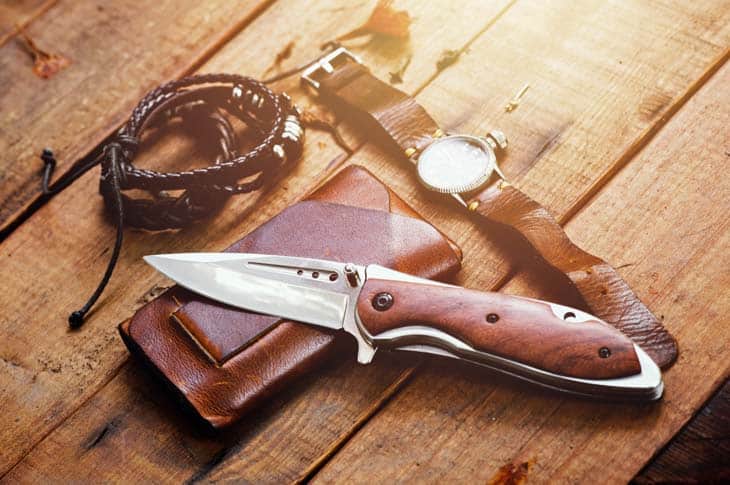
EDC Knife Safety Tips
1. Choose the Right Knife for Your Needs
Selecting the appropriate knife is crucial for safety and functionality. Consider factors such as size, blade length, and intended use when choosing an EDC knife.
For instance, if you require a compact knife for simple tasks like cutting rope or opening packages, a small folding knife may suffice.
On the other hand, if you need a more robust knife for outdoor activities or self-defense, a fixed blade knife like the ones found in this list of best neck knives may be more suitable.
2. Keep Your Knife Sharp
A dull knife can actually pose a greater risk than a sharp one! When you’re using a not-so-sharp blade, you end up pushing harder to make a cut, which can lead to mishaps.
Maintain your knife’s sharpness by regularly honing and sharpening the blade.
3. Use the Appropriate Grip
Using the correct grip is essential for safe knife handling. You don’t necessarily want to make a fist around the handle. You’ll generate more control by placing your index finger and thumb on either side of the handle towards the blade, then wrap the rest of your fingers around the handle.
When you’re holding the knife in this way, your index finger and thumb provide much more control over the blade’s cutting action.
Just a heads up – if you use too much force, you might lose control of the knife, and no one wants that! So be gentle and stay safe.
4. Cut Away from Your Body
Always cut away from your body to minimize the risk of injury. This simple yet effective practice can prevent the knife from slipping and causing accidental harm.
5. Close and Secure Your Knife
When not in use, ensure that your folding knife is closed and locked securely. This prevents the blade from accidentally opening and causing injury. If you’re using a fixed blade knife, make sure to sheathe it properly after use.
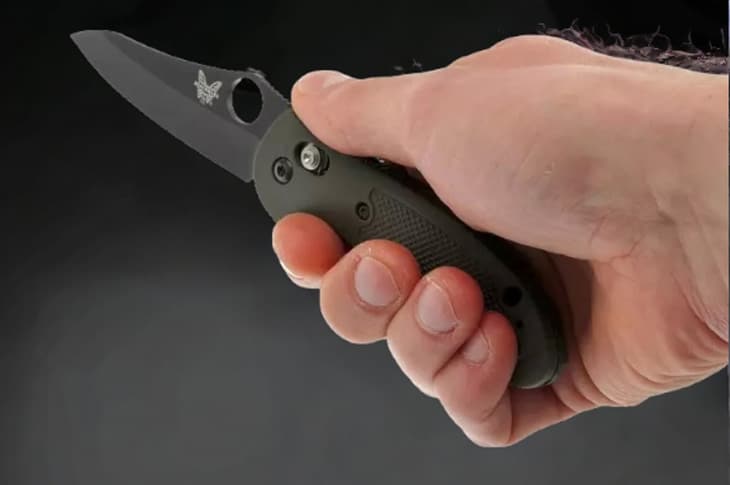
Safe EDC Knife Handling Techniques
1. Opening and Closing a Folding Knife
To safely open a folding knife, hold the handle firmly and use your thumb to apply pressure on the blade’s thumb stud or opening mechanism.
Gently rotate the blade outwards until it’s fully extended and locked in place. To close the knife, unlock the blade and carefully fold it back into the handle, ensuring that your fingers are clear of the closing path.
2. The Basic Cutting Technique
For simple cutting tasks, grip the knife handle firmly with your dominant hand and place your thumb on the spine of the blade for added control.
Position the knife at a slight angle to the material being cut and apply even pressure as you move the blade away from your body.
3. Paring Technique
The paring technique is useful for precise cutting tasks, such as peeling fruit or trimming small objects. When you grab the knife, use your go-to hand (your dominant one), placing your thumb and index finger on the handle.
Then curl your other fingers around the handle to keep things nice and stable. Hold the object to be cut in your non-dominant hand, and gently move the blade in a controlled motion away from your fingers.
4. Slicing Technique
The slicing technique is ideal for cutting larger objects or food items.
Place the item on a stable surface and hold the knife in your dominant hand, with your thumb and index finger gripping the handle.
Position the blade at a slight angle to the item and use a smooth, sawing motion to slice through the material.
Remember to always cut away from your body and keep your non-dominant hand clear of the blade’s path.
Here are some resources that will further your understanding of knife safety:
EDC Knife Care and Maintenance
Proper care and maintenance of your EDC knife will not only ensure its longevity but also contribute to safe handling. Want to keep your knife in tip-top shape?
Here are some key tips:
- Make cleaning a regular habit! After you’ve used your knife, grab a soft cloth and give the blade and handle a gentle wipe to get rid of any grime, gunk, or dampness.This prevents corrosion and maintains the knife’s functionality.
- Lubricate moving parts: Apply a small amount of lubricant to the pivot area of folding knives and any other moving parts to ensure smooth operation and prevent wear.
- Inspect your knife: Regularly inspect your EDC knife for signs of damage or wear, such as a loose handle, worn locking mechanism, or chipped blade. Address any issues promptly to maintain safety and performance.
- Store your knife properly: When not in use, store your knife in a dry, cool place, away from moisture and direct sunlight. If you have a fixed blade knife, store it in its sheath to protect the blade.
For more information on EDC knife care, consider reading our guide to EDC knife maintenance, which provides valuable insights on maintaining high-quality knives.
You can also check out the comparison between folding vs fixed blade edc knives.
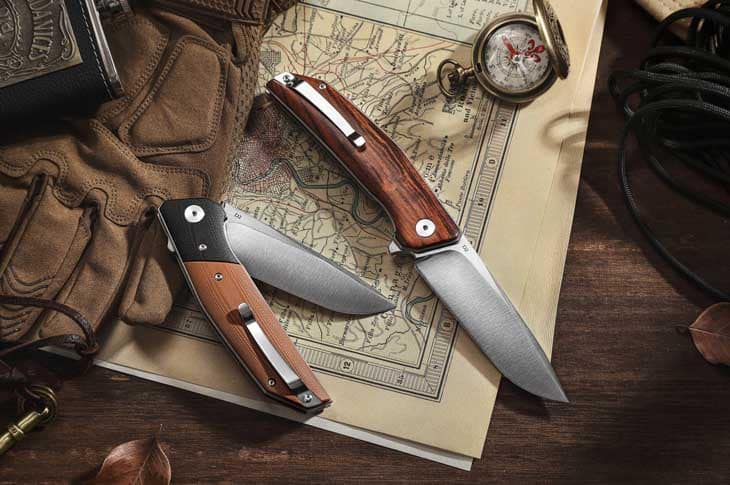
Final Thoughts
EDC knife safety and handling are essential skills for anyone who carries a knife as part of their daily routine. By following the tips and techniques outlined in this article, you can confidently use your EDC knife in a safe and effective manner.
Remember to always respect the tool and its capabilities, and prioritize safety in all aspects of knife handling and usage. For more information on EDC gear, check out this comprehensive EDC gear list.


